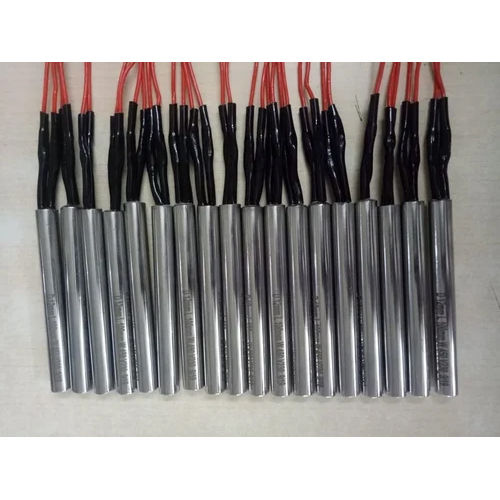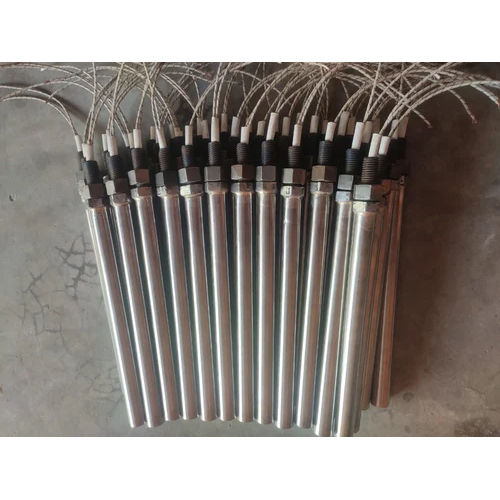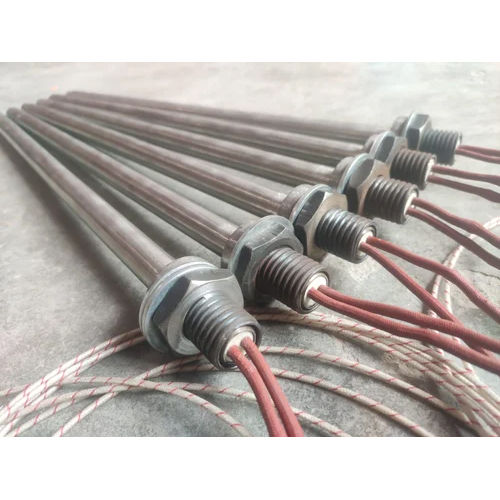
220 V Cartridge Heater
Product Details:
- Material Stainless Steel
- Voltage 220 Volt (v)
- Power Source Electric
- Color Silver
- Click to View more
220 V Cartridge Heater Price And Quantity
- 540 INR/Piece
- 100 Piece
220 V Cartridge Heater Product Specifications
- Silver
- 220 Volt (v)
- Stainless Steel
- Electric
220 V Cartridge Heater Trade Information
- Cash in Advance (CID)
- 100000 Piece Per Month
- 7 Days
- All India
Product Description
A cartridge heater with a 220 volt operating range is an electric heating element. It is frequently utilised in industrial settings where processes, machinery, and equipment need to be locally heated.
The following are some of the primary qualities and traits of a 220V cartridge heater:
1. Voltage: The cartridge heater is made specifically to function at 220 volts. It is crucial to confirm that the power source and electrical system can deliver the necessary voltage for the heater.
2. Compact Dimensions: Cartridge heaters typically have a cylindrical shape, a small diameter, and a short length. They are small and simple to place into cavities or drilled holes to provide targeted direct heating.
3. Heating Element: A high-resistance alloy, such as nickel-chrome or stainless steel, is commonly used to make the heating element of a cartridge heater. The heating element produces heat when it is activated, which is then transferred to the material or object in its immediate vicinity.
4. Watt Density: Depending on the demands of the particular application, cartridge heaters can achieve a variety of watt densities. The quantity of heat produced per square inch of the heater's surface is referred to as watt density. Higher watt densities provide heat that is more concentrated and intense.
5. Cartridge heaters can be used in conjunction with temperature controls and thermocouples to regulate temperature. In order to maintain the desired temperature during the heating process, this enables precise temperature monitoring and management.
6. Versatility: 220V cartridge warmers are used in a wide range of processes and sectors, including the production of semiconductors, packing equipment, and the processing of polymers. They are utilised in hot runner systems, components, moulds, dies, and other equipment for localised heating.
7. Customization: Specific needs can be satisfied by altering the diameter, length, wattage, and lead wire configurations of cartridge heaters. Possibilities for customization guarantee compatibility with various tools and procedures.
It is essential to follow safety precautions, adhere to adequate electrical connections, insulation, and temperature monitoring when using a 220V cartridge heater. To guarantee optimal performance, lifespan, and safety in industrial settings, routine maintenance and inspection are advised.
Other Products in 'Cartridge Heater' category
GST : 29AAYPJ3561B2ZF



 Send Inquiry
Send Inquiry Send SMS
Send SMS